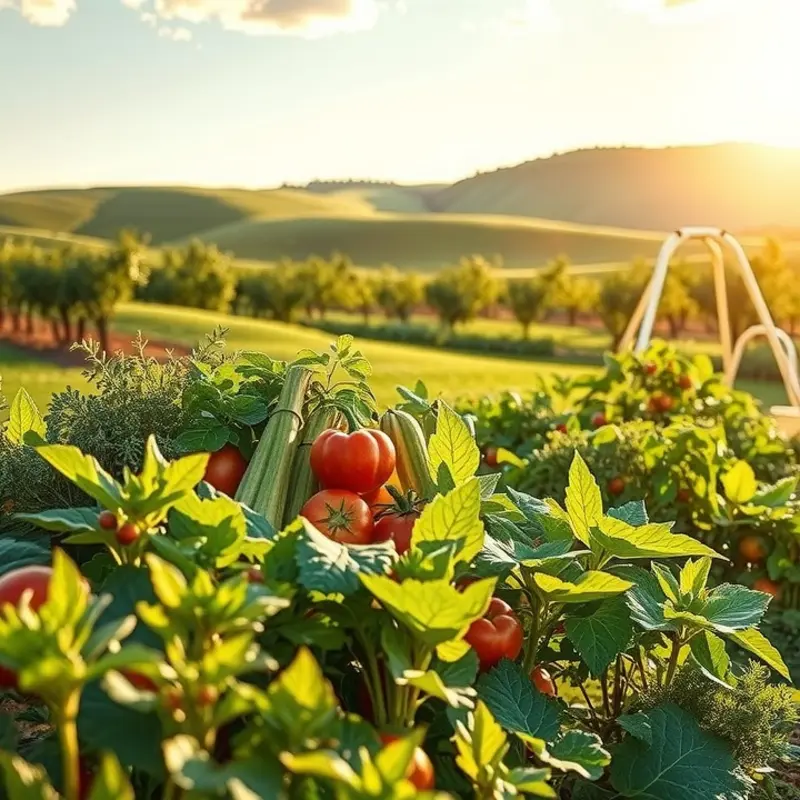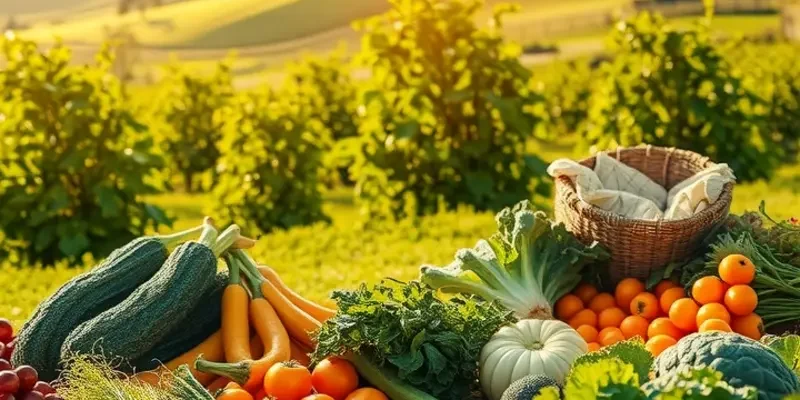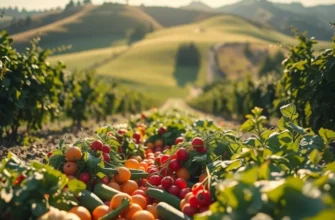Folding is a vital technique in baking that enhances texture and promotes even mixing without overworking ingredients. Whether you’re creating delicate soufflés or airy cakes, understanding how to fold can elevate your desserts. This guide will provide you with the practical knowledge necessary to master this technique, ensuring that every dish you prepare is light and fluffy. Let’s dive into the key elements of folding for bakers of all levels.
Understanding Folding

Folding is a foundational technique in baking that helps to preserve the integrity and structure of delicate mixtures. Unlike vigorous stirring, which often deflates air bubbles, folding gently incorporates ingredients without sacrificing volume. Mastering this technique can elevate your baked goods from ordinary to extraordinary.
To begin, understanding the tools at your disposal is crucial. A large spatula is often preferred for its broad, flexible blade that seamlessly glides through batter. For larger quantities or heavier mixes, a wide, flat spoon can also work effectively. Choosing the right tool ensures that you can fold ingredients with minimal disruption.
The choice of ingredients plays a significant role in folding. Ingredients such as whipped egg whites or cream are classic examples requiring this gentle method. Their airy texture is what gives many desserts, like soufflés and mousse, their characteristic lightness. When you fold, you aim to retain this delicate aeration, making it essential that you add these ingredients towards the end of your mixing process.
Begin the folding process by adding the lighter ingredient on top of the denser mixture. Next, using your spatula, cut through the center of the mix with a gentle motion. Scoop the mixture from the bottom, gently lifting it over. Rotate the bowl slightly with each fold to ensure even distribution. Repeat this process until just combined, taking care not to over-mix.
It is important to distinguish between folding and stirring, as these actions yield different results. Stirring incorporates ingredients fully, often using a circular motion to combine them. It is more rigorous, suited for mixing dough or batters that do not rely on trapped air for leavening. Folding, by contrast, is intended to be gentle, preserving bubbles and volume.
The impact of these techniques on the final product cannot be overstated. Proper folding ensures that the finished dish maintains its intended texture and structure. For example, over-stirring a cake batter can result in a dense and tough crumb, whereas folding allows it to be light and spongy. In this way, your choice of technique directly influences the quality of your baked goods.
For those looking to deepen their baking skills, understanding the nuances between different methods of mixing is crucial. Beyond baking, these skills can assist in other culinary applications, promoting mindfulness about how ingredients interact. For more tips on mindful culinary practices, explore insights in this guide on unconscious eating.
Folding does require patience and practice to perfect, but the payoff is well worth the effort. As you become more proficient, your confidence in incorporating delicate ingredients will grow, enhancing both your capabilities as a baker and the delight of those who savor your creations.
Mastering the Folding Technique

Mastering the folding technique in baking is a skill that requires patience and practice. Folding helps maintain the air incorporated by whisking or sifting, essential for light and airy bakes. Let’s delve into the steps and nuances involved.
Start with a bowl and a thick rubber spatula or a large metal spoon. These tools allow flexibility and strength, helping blend ingredients without deflating them. Crucially, the choice of tool can affect the texture of your final bake.
Step-by-step Folding Technique
-
Prepare Ingredients: Ensure that ingredients are at the correct temperature as stated in your recipe. Cold ingredients can hinder the folding process, while room-temperature ingredients blend seamlessly.
-
Start with the Dry Ingredients: Usually, folding is applied after incorporating several ingredients. Begin with an airy base, like whipped egg whites or cream.
-
Add Ingredients Gradually: Add other elements, like flour or chocolate chips, slowly to avoid clumping. This gradual addition helps maintain consistency.
-
Perform the Folding Motion: The key motion involves a gentle sweep starting from the bottom of the bowl, up the sides, and over the top, turning the bowl slightly with each fold. Imagine it as a scooping and lifting motion.
-
Repeat Until Mixed: Continue folding until the ingredients are just combined. Avoid overworking, as this can deflate crucial air pockets.
When applying this technique, consider the characteristics of what you are folding. For example, denser ingredients like nuts or fruit should be added last to prevent them from sinking. In contrast, lighter ingredients, such as sifted flour, should be added gently and earlier to integrate fully.
Timing is Crucial
Timing plays an essential role. Folding should be done swiftly but gently. Pausing too long may cause some ingredients to settle, affecting the texture. Always aim to fold in the ingredients promptly after preparation.
Adaptation and Variation
Different recipes or cultures may call for variation in technique. For global pastry traditions and how cultures influence baking techniques, consider exploring this global pastry traditions article as it highlights diverse folding methods adapted in various recipes worldwide.
By practicing these steps and being mindful of ingredient characteristics, you’ll effectively master the art of folding. Embrace the technique with patience, and your baking results will attest to the precision and care invested.
Final words
Mastering the folding technique is an integral part of baking that can enhance your culinary skills immensely. By combining precision with a gentle touch, you can ensure your baked goods are light, airy, and wonderfully textured. The practice of mastering this technique opens up a world of delicious possibilities in your baking repertoire. Embrace the art of folding, and each creation you bake will reflect the care and skill you’ve put into it. Remember, practice makes perfect, so keep folding!







